Timely Yet Timeless: Crafting Nonfiction That Outlasts Current Events
In a world changing at breakneck speed, how do you prevent a researched nonfiction book from being outdated by the time it is published?


Today’s post is by book coach Nicole Pope.
In a world changing at breakneck speed, how do you prevent a researched nonfiction book from being outdated by the time it is published?
No matter how timeless they appear, all books are filtered through the author’s experiences and rooted in the specific moment when they are written.
But if you’re writing about current affairs, international politics, climate change, immigration, the impact of AI or other fast-evolving global issues, your work may be particularly time sensitive. Major developments are likely to occur between the completion of your manuscript and the publication of your book.
Publishers occasionally rush out books from prominent authors and commentators who can shed light on momentous events. But most writers, especially first-time authors, have to contend with the long lead time involved in writing a book and getting it published.
Context awareness
So, what to do? In a recent blog, nonfiction expert Josh Bernoff argued that books, like any product, need to be released at the right moment. “You can’t write and publish a book in a month. But you can get yourself poised and then start in anticipation of the trends coming together.”
Trends shape industries, including publishing, and Bernoff’s advice to become “a student of timing” is wise. But even he admits that getting it right can be tricky. Depending on the topic they tackle, some book projects can be affected by events that are hard to foresee.
The COVID-19 pandemic provides a good example of a watershed moment that brought in new global perspectives and created a “before” and an “after.” The multiple impacts of climate change are also challenging our perceptions in real time. So are the dramatic policies imposed by the Trump administration, causing ripples far and wide.
Recognition of the potential impact of time and external factors on your book can help you frame its content in a way that keeps it original and informative. Flexibility, too, is of the essence. As a book coach, I’ve worked with clients who had to course-correct and adjust their book concept to keep up with a shifting reality.
Even established writers are not immune to sudden change. When bestselling author Michael Lewis (The Big Short, The Blind Side) set out to write an intimate profile of Sam Bankman-Fried, his subject was the rising star of crypto. Then the tech entrepreneur’s FTX company collapsed, and he was charged with fraud and money laundering. Lewis’ book, Going Infinite, ended up charting the former tycoon’s fall as well as his rise—and it hit the market on the day he went on trial in October 2023.
Timely versus timeless
Enhancing the longevity of your book, ultimately, requires a good grasp of audience expectations. It is striking, and encouraging, that even when so much free information is available, or perhaps precisely because fake news abound, readers still turn to well-researched books to enrich and deepen their understanding of the world we live in.
Here are a few tips and examples from books I’ve come across, on how writers can serve their readers and keep their book relevant even in the midst of turmoil and rapid change:
- Provide cool-headed analysis: Bombarded with flash news alerts and breathless commentaries 24/7, audiences expect nonfiction books to dig below the surface, provide reliable facts, and engage in a forensic dissection of issues that impact us and the societies we live in. In A Life on Our Planet, naturalist David Attenborough mixes facts with observations from his 60-year career to highlight the accelerating impact of the climate crisis and issue a call to action.
- Adopt a broader perspective: Zoom out from current happenings and anchor issues in a wider context. Dig into the past, scrutinize how today’s concerns have evolved, and provide the layered background that is often lacking in a news environment. When Ezra Klein wrote Why We are Polarized, he looked at US history as well as modern factors to find the roots of political divisions.
- Deliver fresh angles and move beyond tired clichés: Pressed for time, journalists sometimes reach for the easiest descriptions to get their point across (I know, I was one). References to Nazi Germany appear frequently in articles on the global rise of authoritarianism, for example. A researched book can cast a wider net, turn the spotlight on corners rarely examined, and bring in new facts and insights, as Anne Applebaum does in Autocracy Inc., where she studies several contemporary autocratic regimes, revealing similarities that cross countries and ideologies.
- Explore scenarios and offer solutions: Nonfiction authors can’t predict the future, but they can use their expertise to engage in educated guess work, outline potential scenarios, and provide a sense of likely direction beyond the period covered in their book. They can also suggest concrete solutions. Another World is Possible: Lessons for America from Around the Globe, recently published by Natasha Hakimi Zapata, highlights innovative policies from several countries that address long-standing problems such as the shortage of affordable housing or the cost of healthcare.
Finally, it is worth remembering that not all manuscripts are destined to become timeless classics. Some books answer a need in the market at a specific juncture.
But all authors, having invested a great amount of effort into researching and writing their book, want their work to remain valuable and widely read as long as possible.
If, from the start, you acknowledge the time frame dimension and incorporate it in your book design, you can better mitigate the impact of elements outside your control. In fact, by starting from the premise that your content needs to be timely, but it cannot keep up with ongoing change, you can keep your book pertinent longer and extend its shelf life.
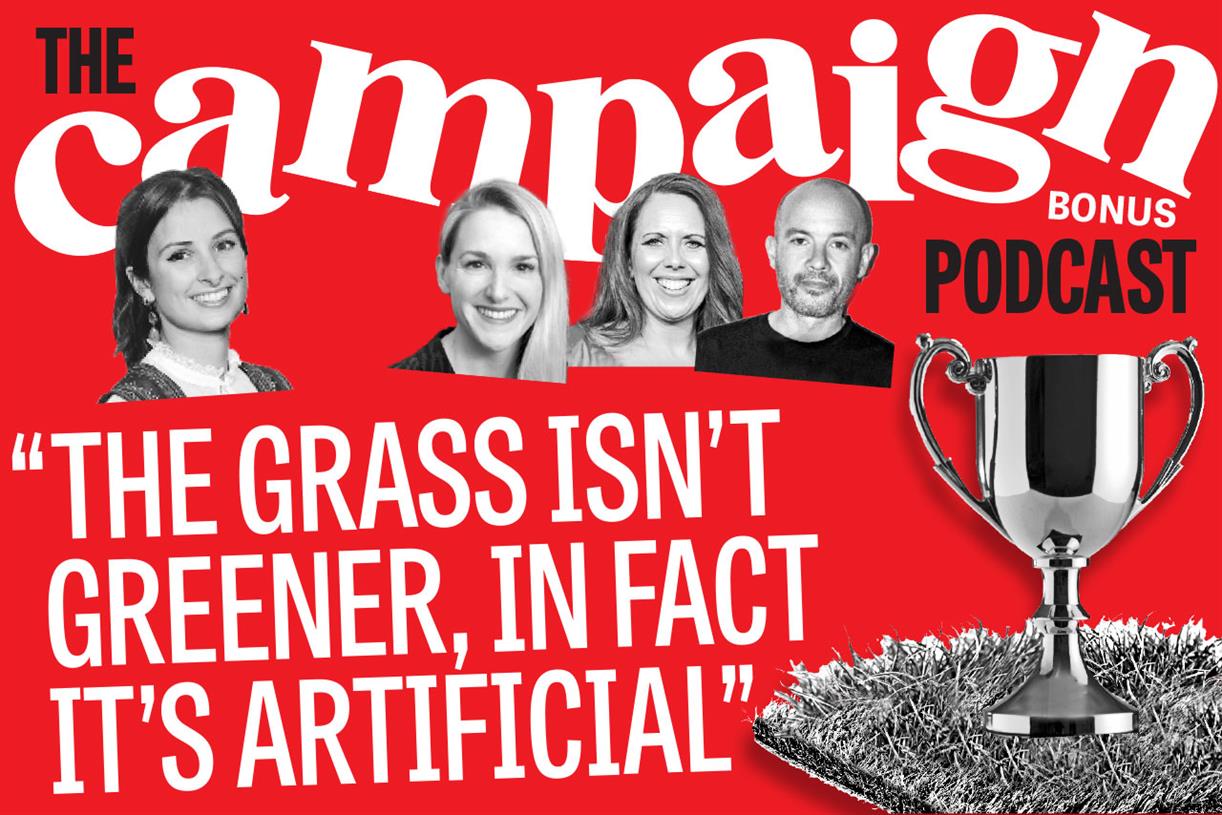

















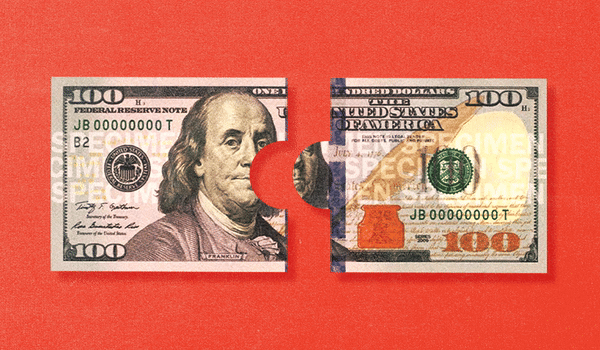


















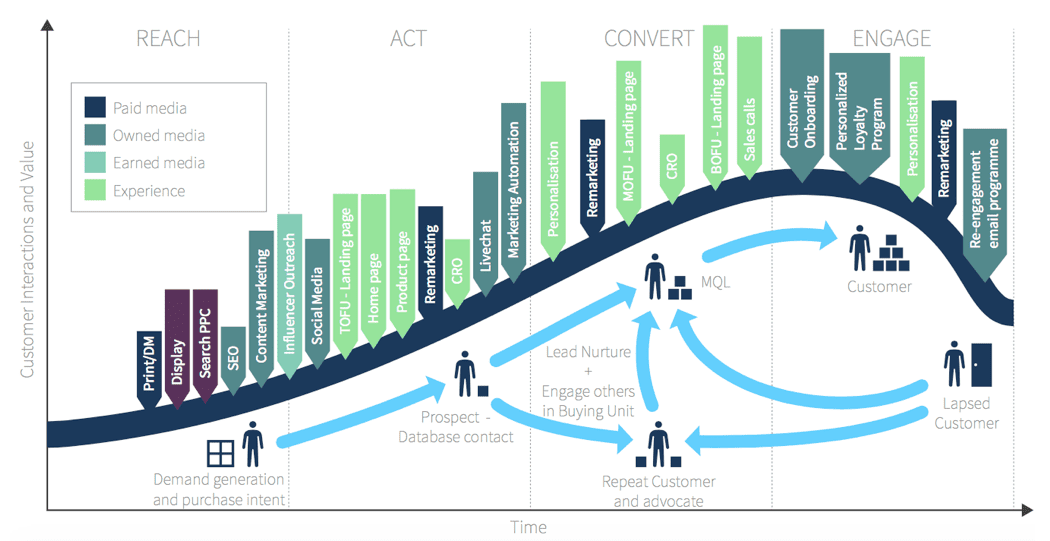
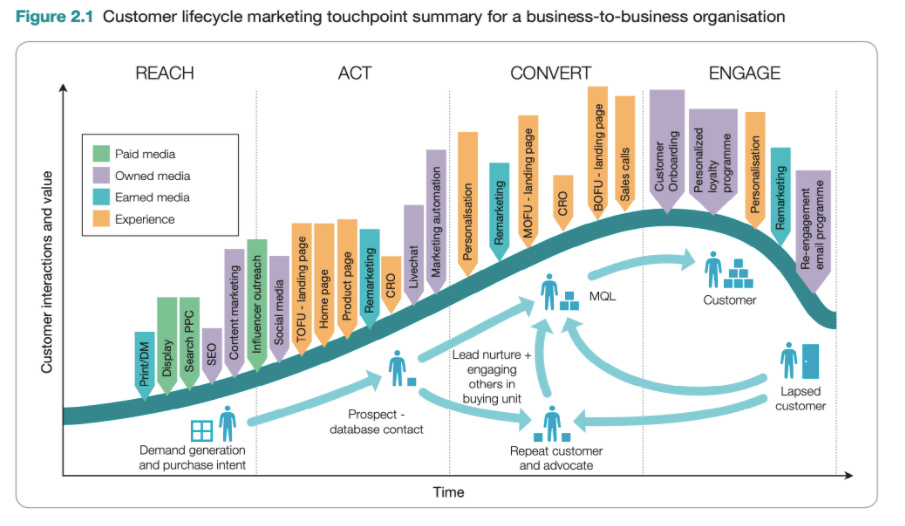
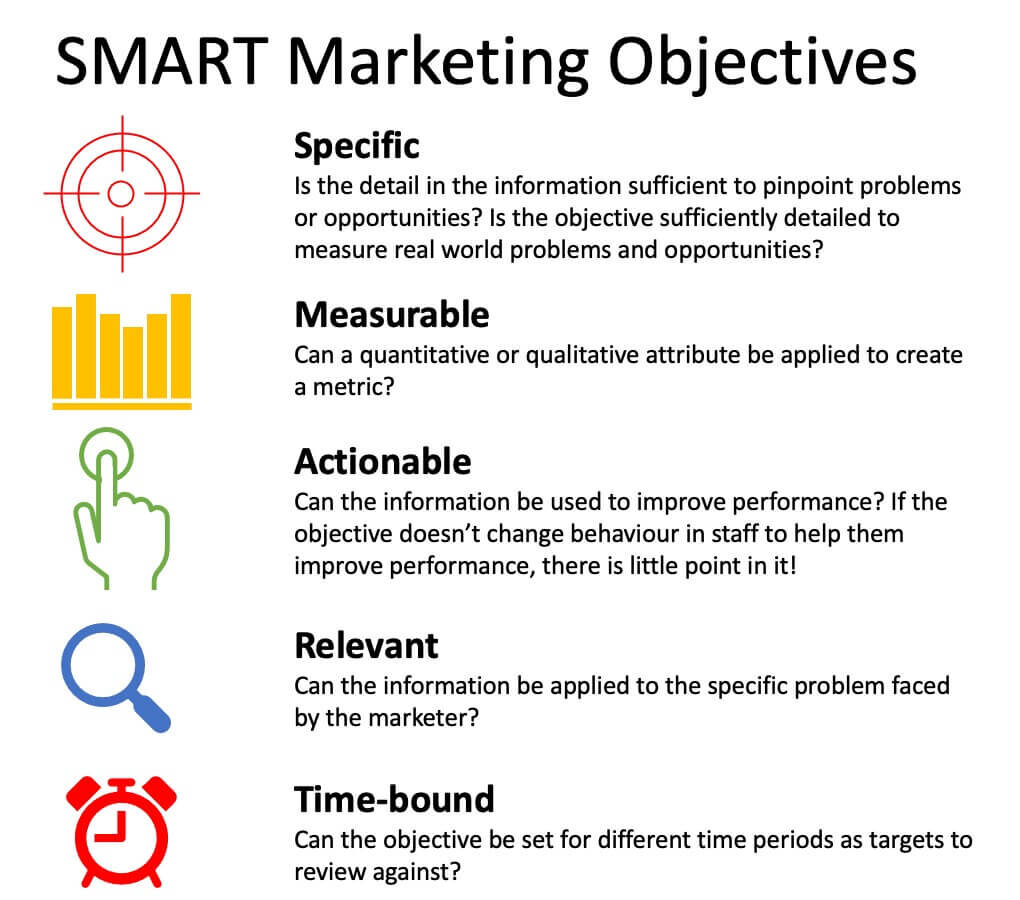
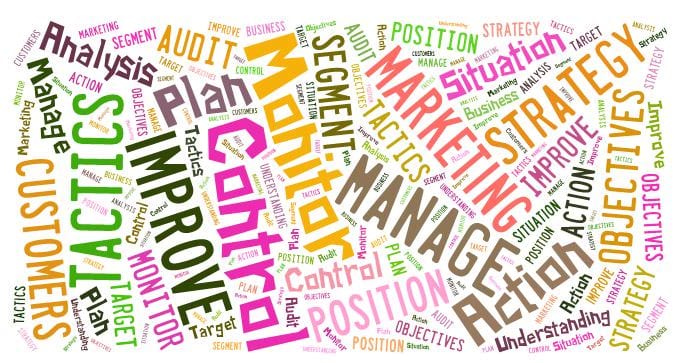








![How Marketers Are Using AI for Writing [Survey]](https://www.growandconvert.com/wp-content/uploads/2025/03/ai-for-writing-1024x682.jpg)








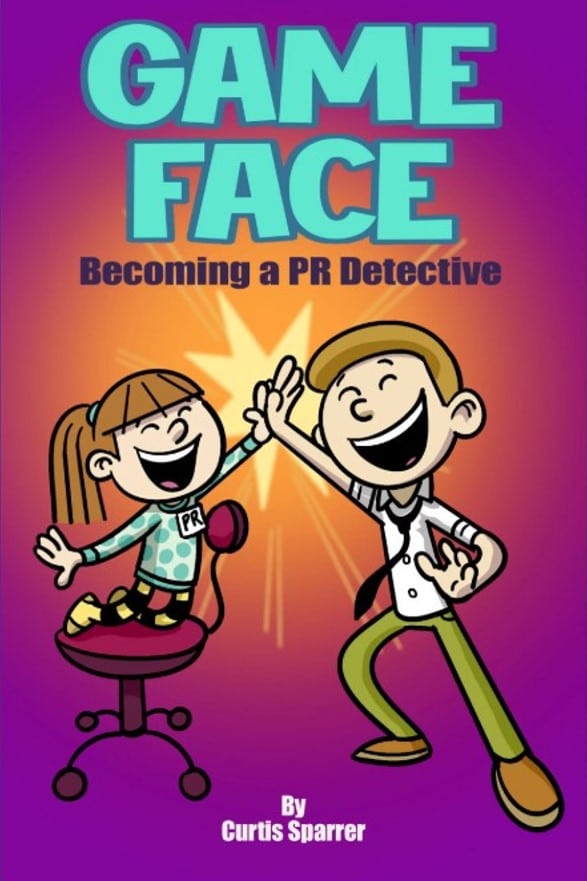








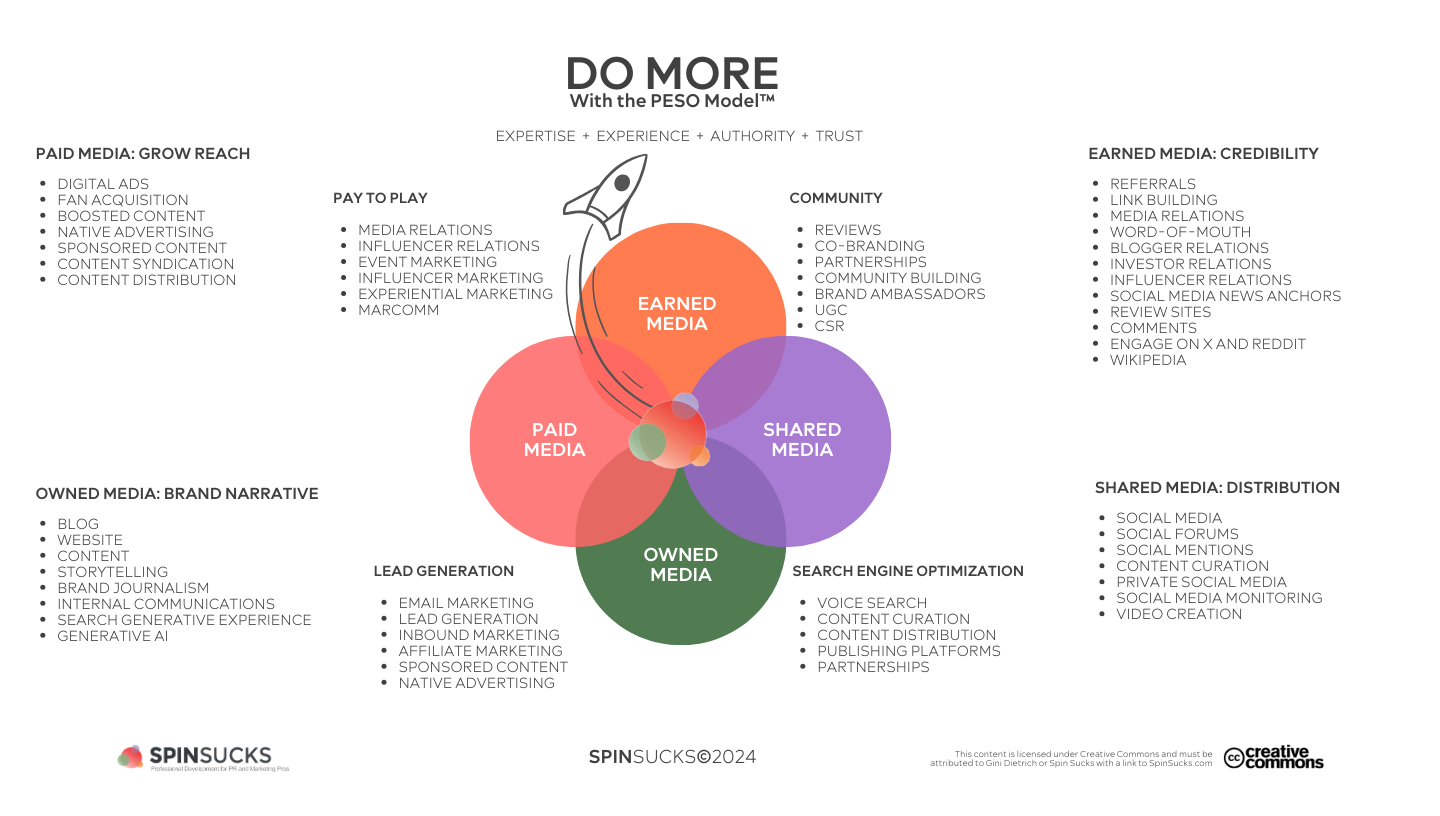





















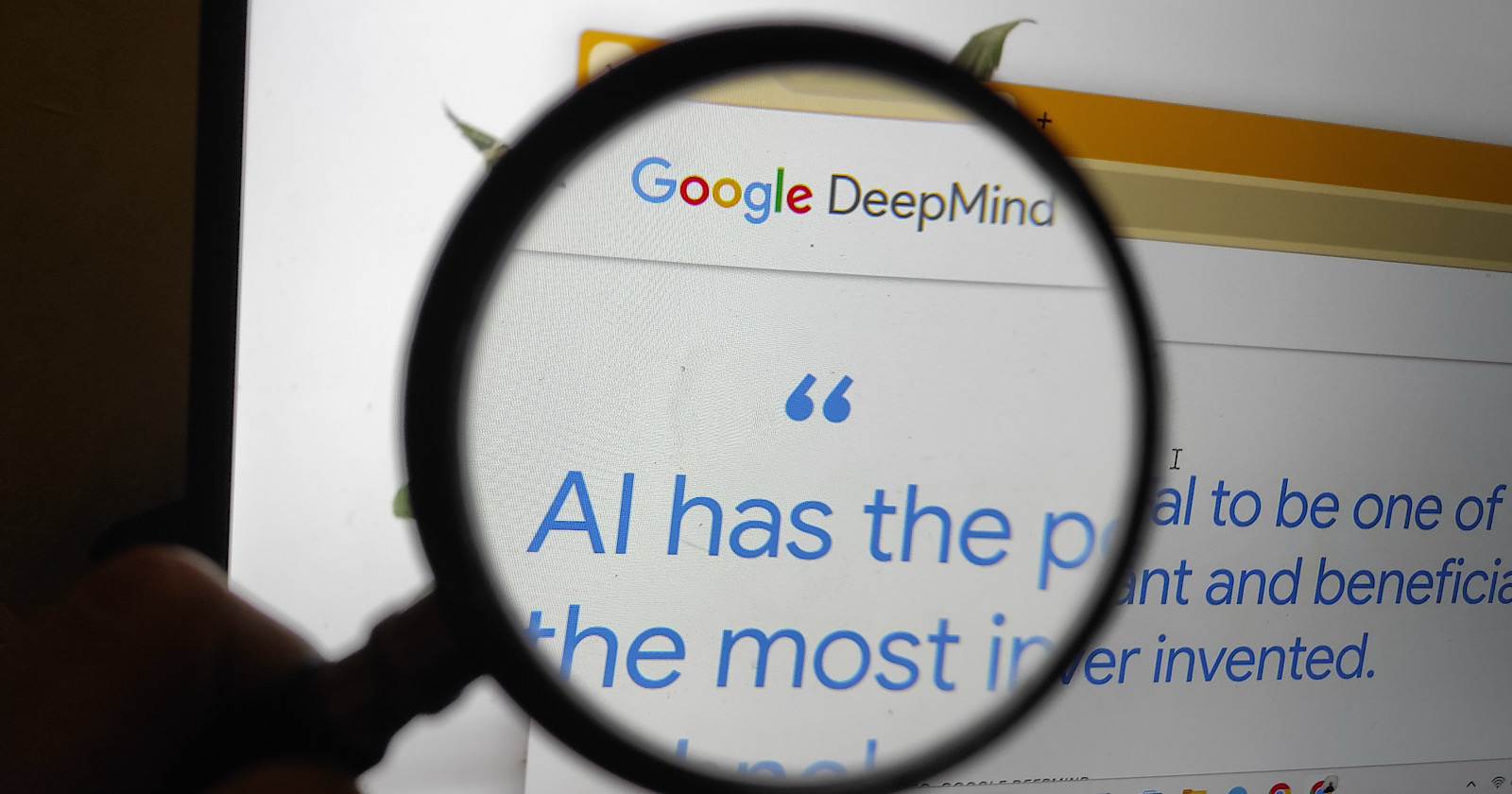
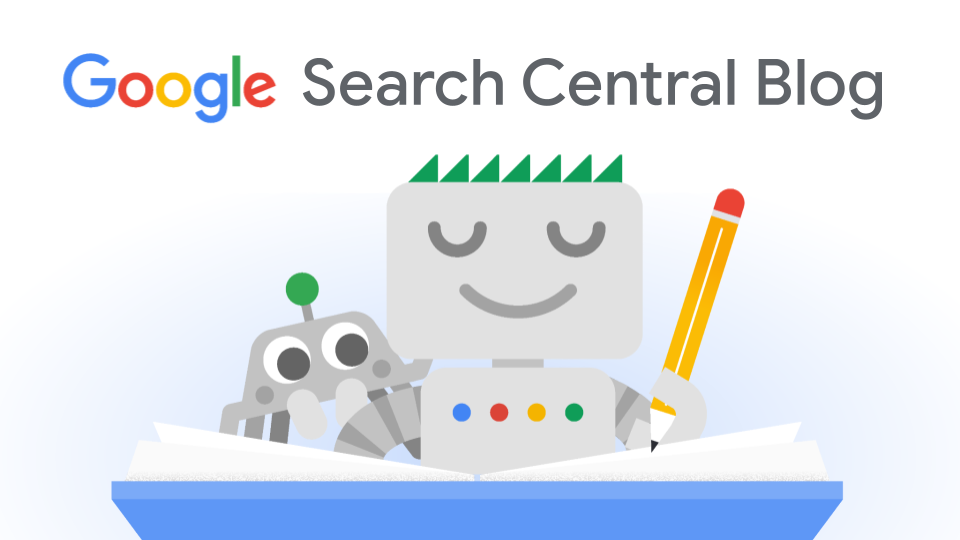
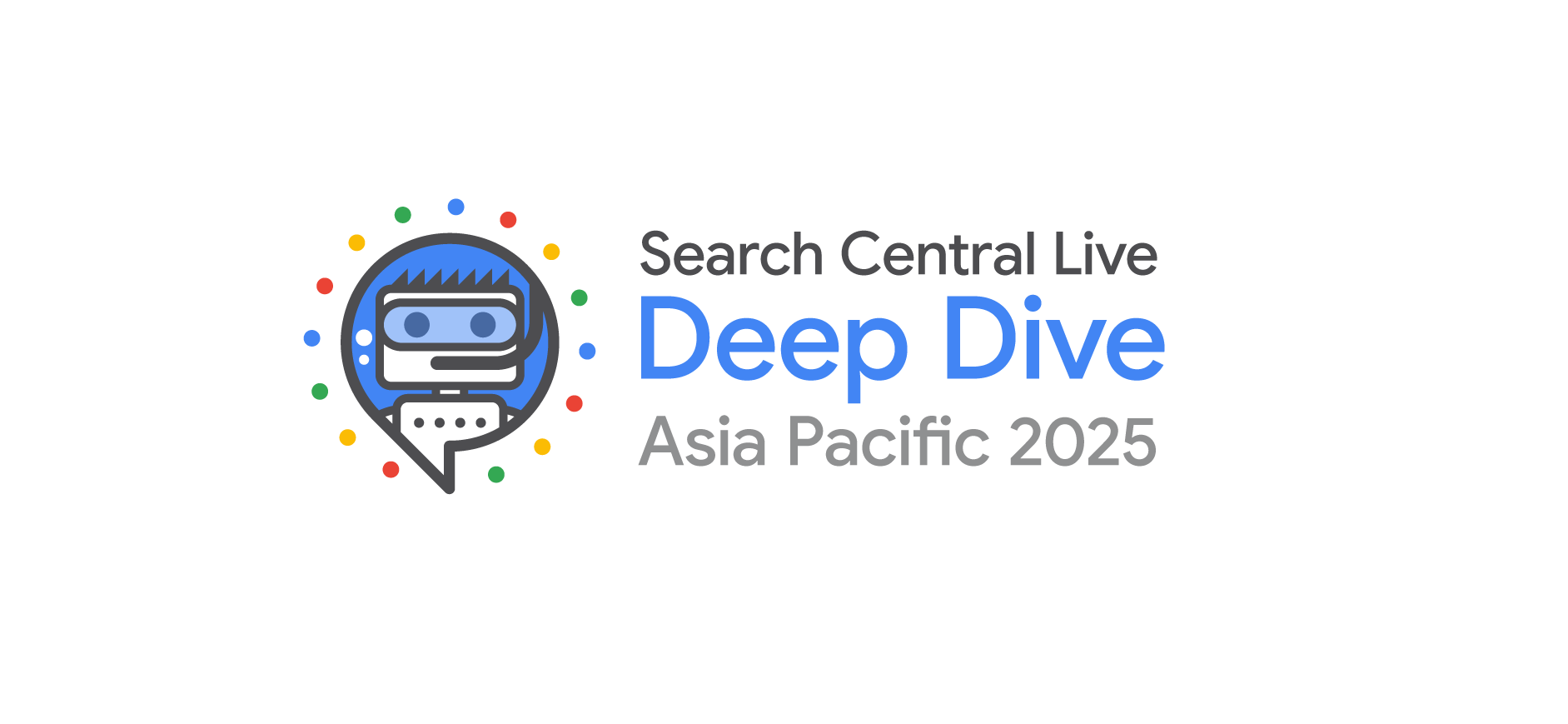











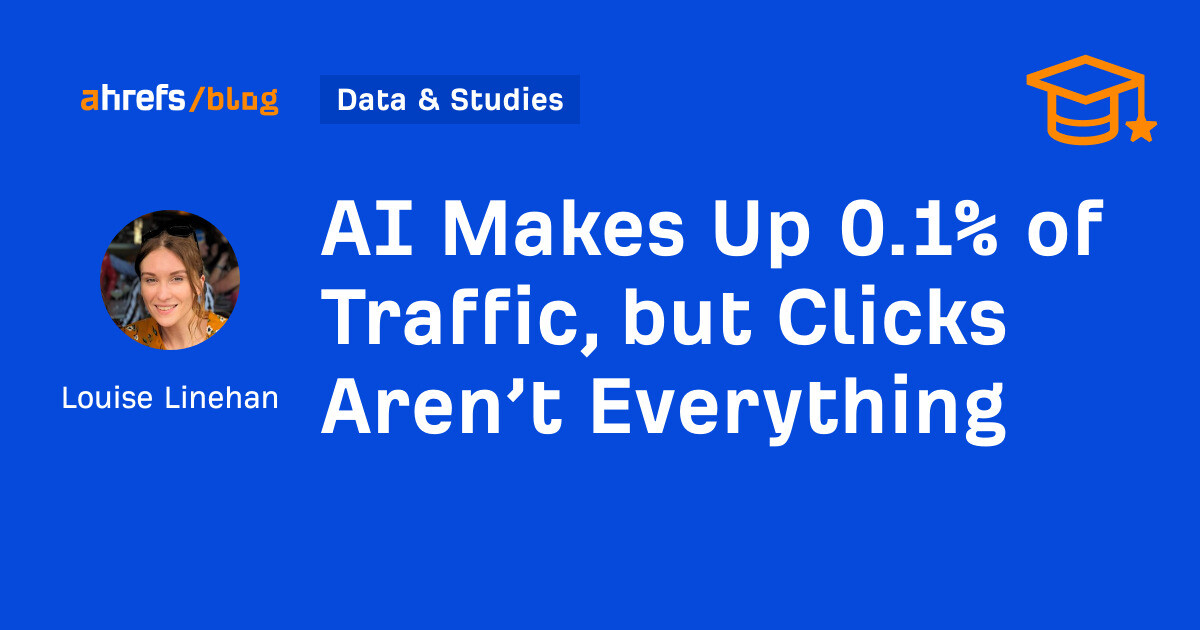

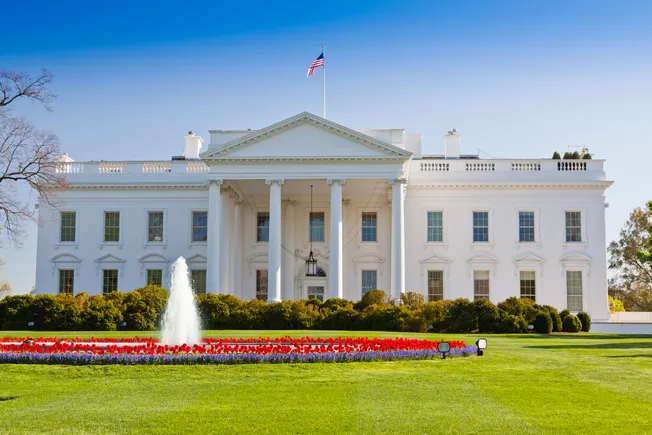























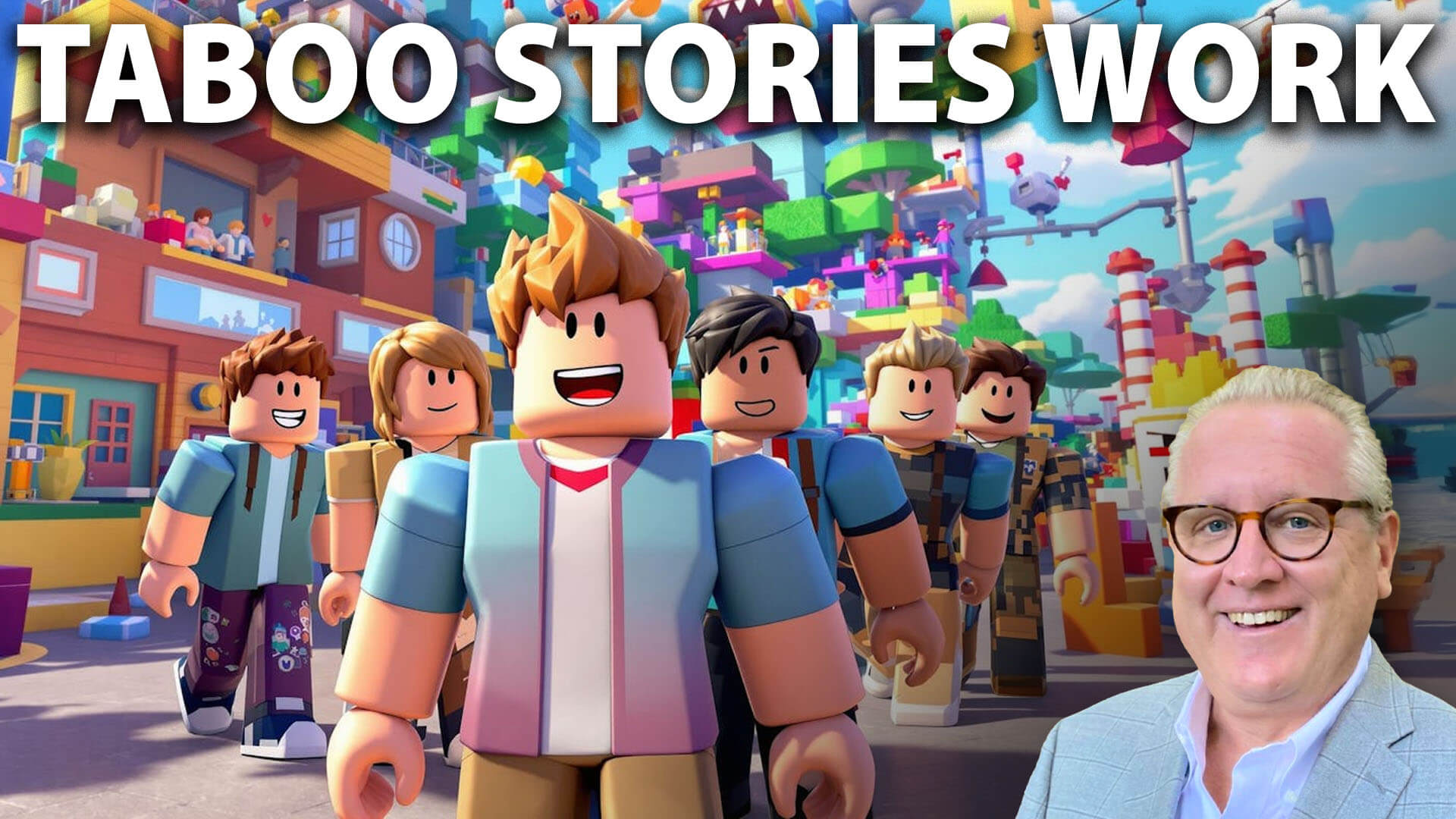






![Meta Outlines Open Source Contributions in 2024 [Infographic]](https://imgproxy.divecdn.com/YOYEhTrhLX1rsEjXqZJNhFf8sC0vMoNHeK_qbzpVVKY/g:ce/rs:fit:770:435/Z3M6Ly9kaXZlc2l0ZS1zdG9yYWdlL2RpdmVpbWFnZS9tZXRhX29wZW5fc291cmNlX2luZm8yLnBuZw==.webp)






